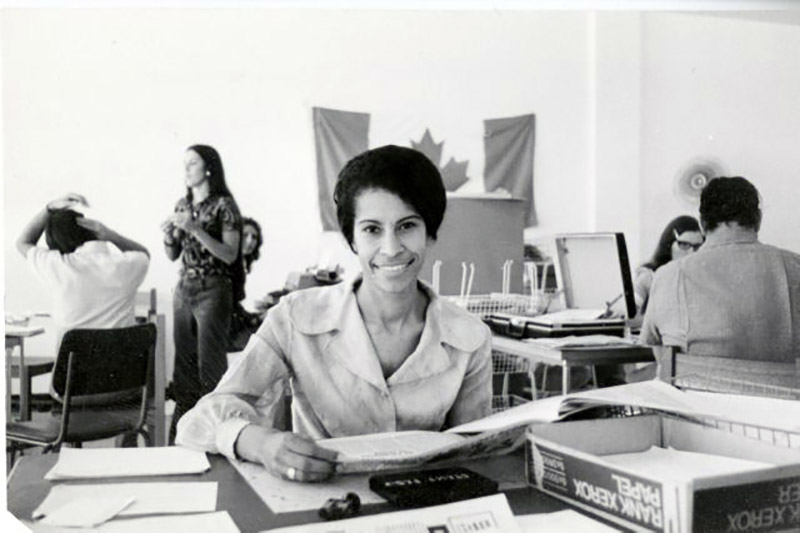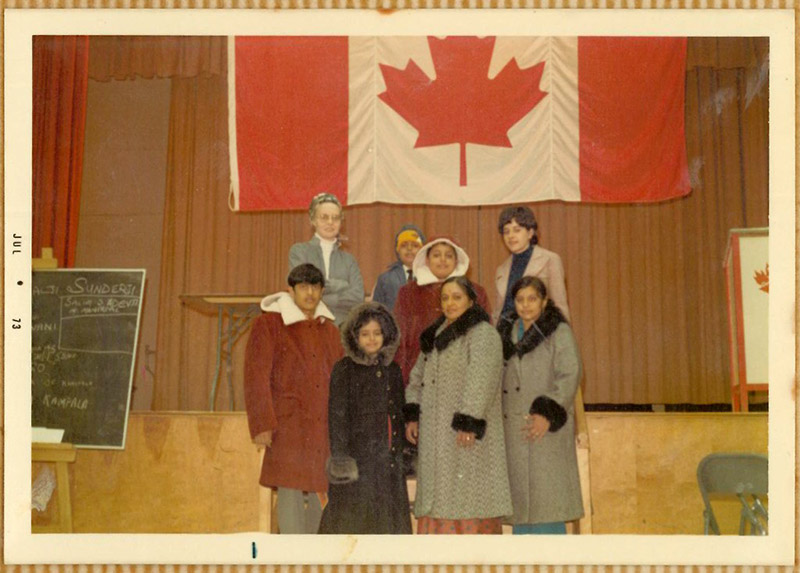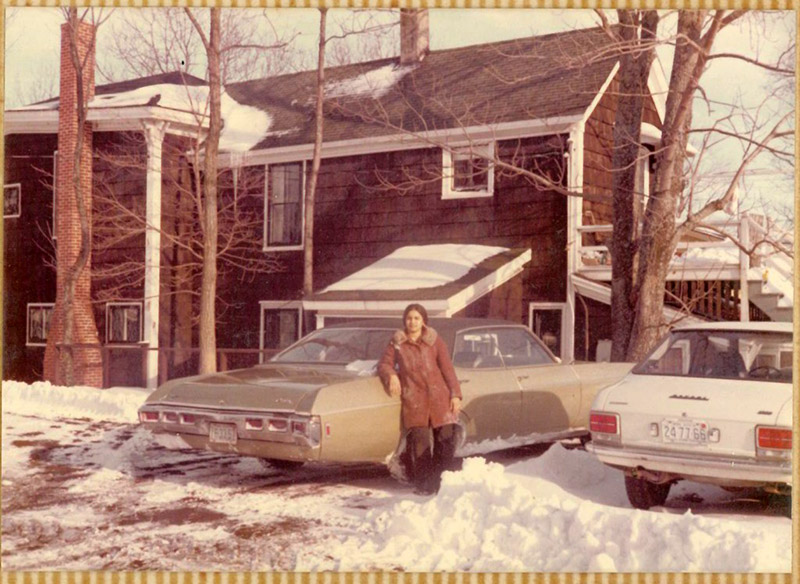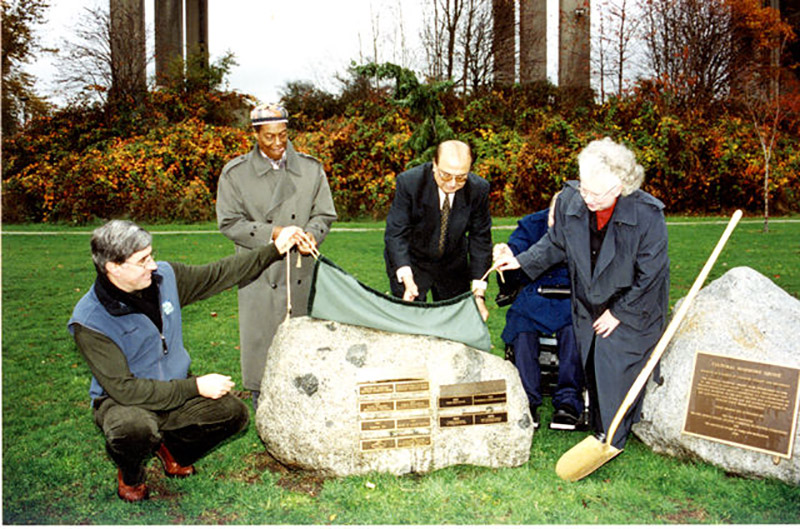Introduction
Stories of Upheaval
The stories in this online gallery were recorded in a series of audio and video interviews for the Canadian Museum of Immigration at Pier 21. They represent some of the experiences of the individuals who were part of a larger upheaval involving tens of thousands of people. In total, more than 80,000 Asians in Uganda left the country. About 7,000 arrived in Canada in 1972 and 1973, most from Uganda.
Both Similar and Unique Experiences
The five Ugandans you will meet in this gallery, Lella Umedaly, Umeeda Switlo, John Halani, Daxa Popat, and Mario DeMello, have in common with other Ugandan Asians the experience of being told they had to leave their country, and the assistance of the Canadian government in their departure, arrival, and resettlement in Canada.
Lella Umedaly, Umeeda Switlo, and John Halani were all part of the Ismaili community in Uganda, representing about 30 per cent of Asians in the country at the time. John Halani, Mario DeMello, and Daxa Popat shared the experience of many Ugandan Asians of arriving in Montreal and staying briefly at the Canadian Forces Base Longue-Pointe. Mario DeMello and Daxa Popat then travelled to Nova Scotia, while John Halani chose British Columbia, where Lella Umedaly and Umeeda Switlo (mother and daughter) also lived at the time of the interview.
The oral history interviews also include individual recollections of life in Uganda, leaving the country, and life in Canada. Each person’s experience is unique.
Umeeda Switlo and Lella Umedaly
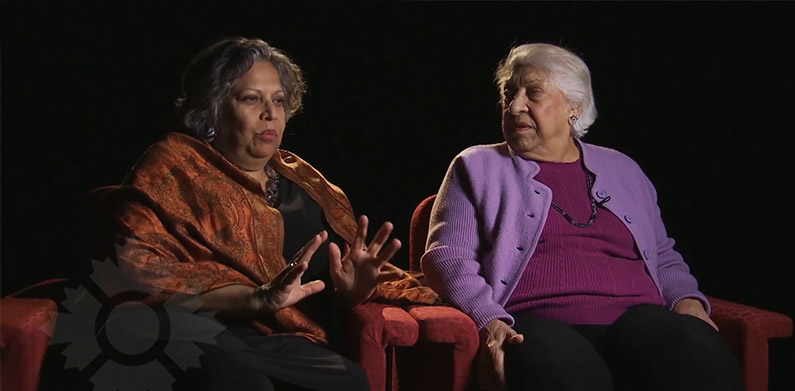
Lella Umedaly was born in South Africa but moved to Uganda at 17, following her marriage. Lella and her husband, Shamas, had five children. In Canada, Lella opened her own daycare, and Umeeda complete a marine biology degree from the University of Victoria after finishing high school. Umeeda later worked for the Ministries of the Environment and Fisheries and Oceans and various non-governmental organizations. Lella Umedaly published Mamajee’s Kitchen: Indian Cooking from Three Continents in 2005. She passed away in 2020.
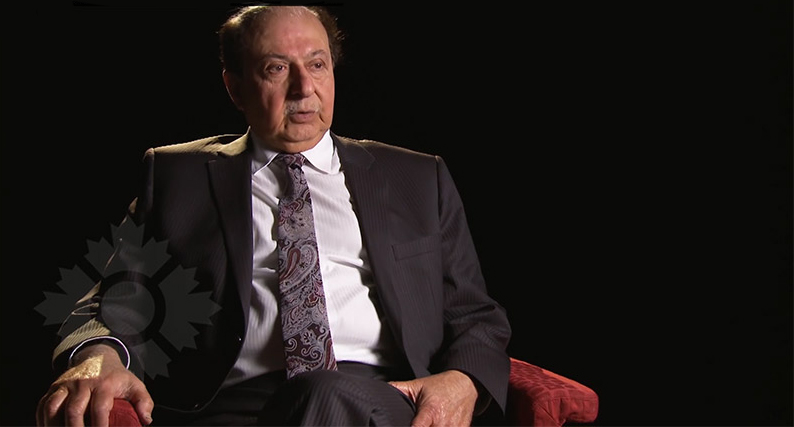
John Halani was born in Masaka, Uganda, into an Ismaili Muslim family. He owned a grocery store and was involved in numerous volunteer activities in Masaka. John Halani and his family settled in Vancouver after fleeing Uganda. He became involved in the hotel business. He also continued his volunteer work in Vancouver and was appointed the honorary consul for Uganda in 1996. Mr. Halani passed away earlier in 2022.
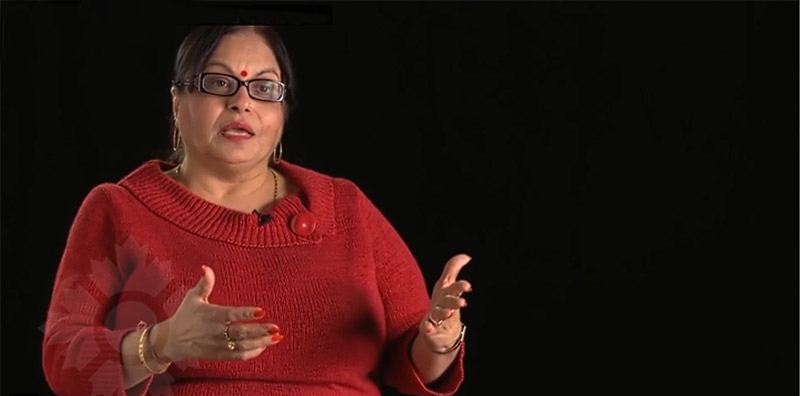
Daxa Popat was born in Kamuli, Uganda. Daxa and her family settled in Bridgewater, Nova Scotia, where Daxa’s father worked in the new Michelin tire plant. Daxa attended the Nova Scotia Community College for book-keeping and secretarial administration and then worked for the municipal government for six years. Daxa then moved to Halifax to work in her father’s grocery store. The store closed in 1991, and Daxa then worked in various government departments.
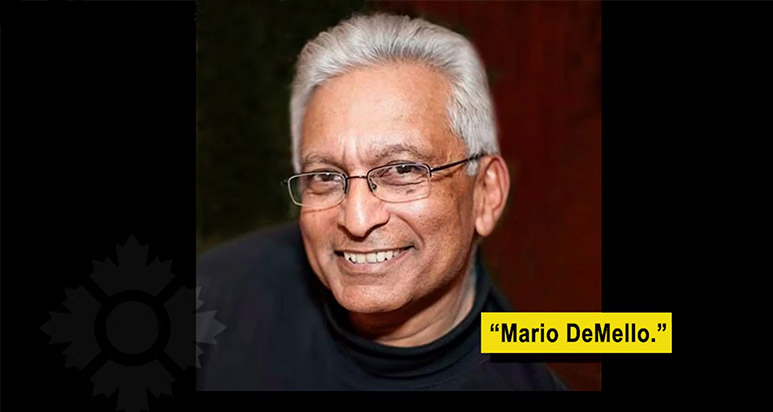
Mario DeMello was born in Entebbe, Uganda, the youngest of nine children. His parents were from Goa, India. In Halifax, Mario worked as a computer programmer before starting his own software development firm in 1985. Mario has been very involved in sports since arriving in Canada, most notably field hockey and darts.
Canada's Response
You will hear the first-hand experiences of Michael J. Molloy, an immigration officer who arrived in Kampala in 1972 to help set up the temporary office and process applications. Applicants were initially considered in terms of Canada’s 1967 “Points System,” but humanitarian considerations quickly became key as well. The Kampala office closed in November of that year, with some Ugandan Asians then entering Canada through other Canadian consular offices.
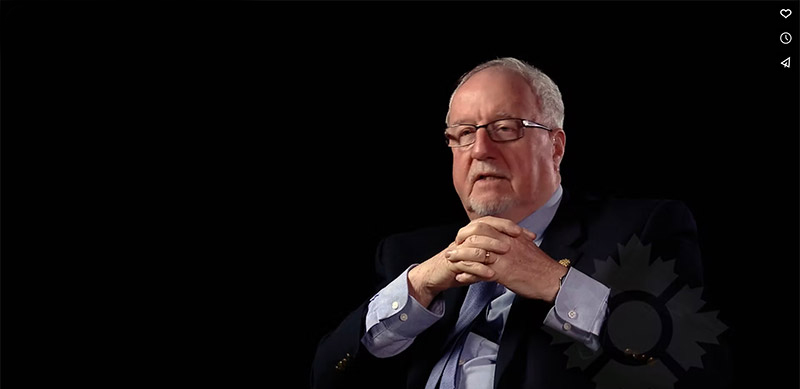
Michael (Mike) Molloy was born in Vancouver, British Columbia. After two years of graduate studies at the University of Saskatchewan, he began working with the Canadian Foreign Service, joining in 1968. He was involved in setting up the Canadian immigration office in Kampala in 1972, and processing Ugandan Asians applying to come to Canada. Mr. Molloy is also involved with the Canadian Immigration Historical Society.
For more information on Canada’s response to this important refugee movement, see: Jan Raska, PhD, Canada’s Oppressed Minority Policy and the Resettlement of Ugandan Asians, 1972-1973.
Conclusion
We hope that learning about this challenging moment in Canadian immigration history through the first-person recollections of people who lived these experiences will help develop awareness of how broader forces impact people’s lives. We also hope that the gallery will help develop understanding of how people respond with courage, determination, resilience and hope to experiences of upheaval, dislocation, and resettlement.
With appreciation to all the people featured in this gallery, and in memory of Lella Umedaly and John Halani.

